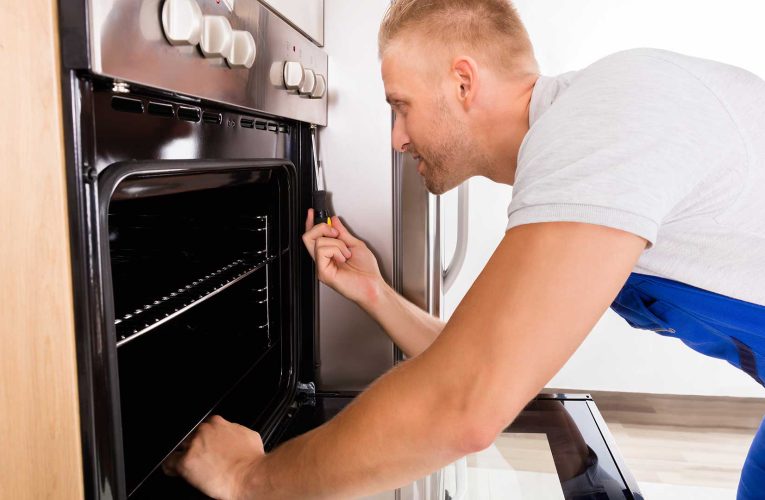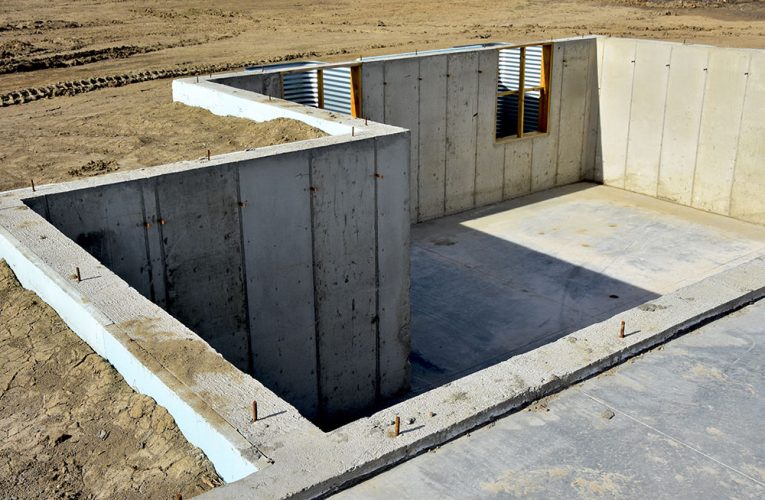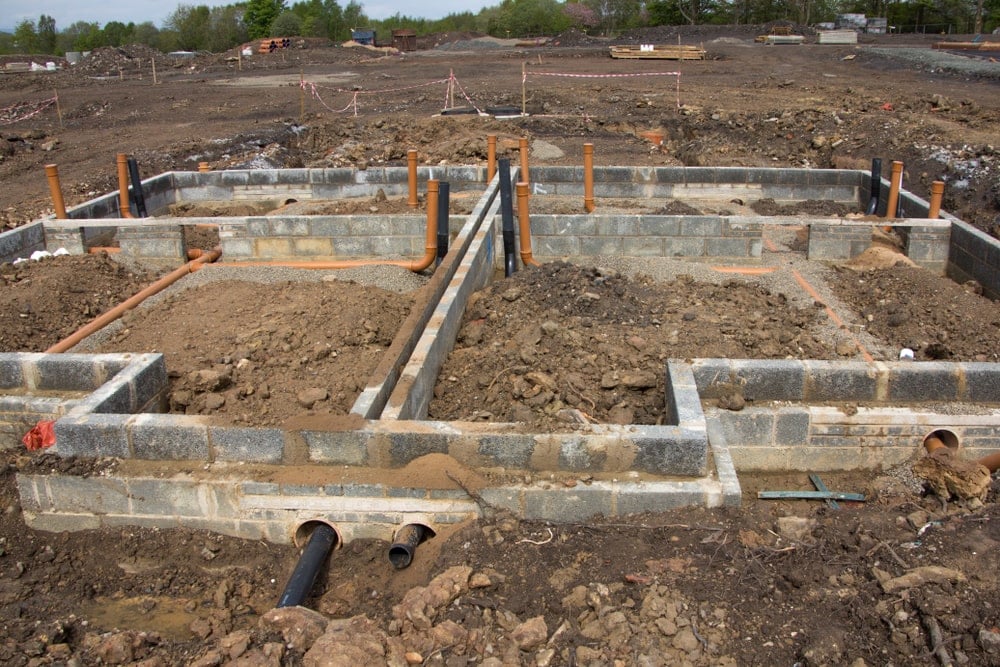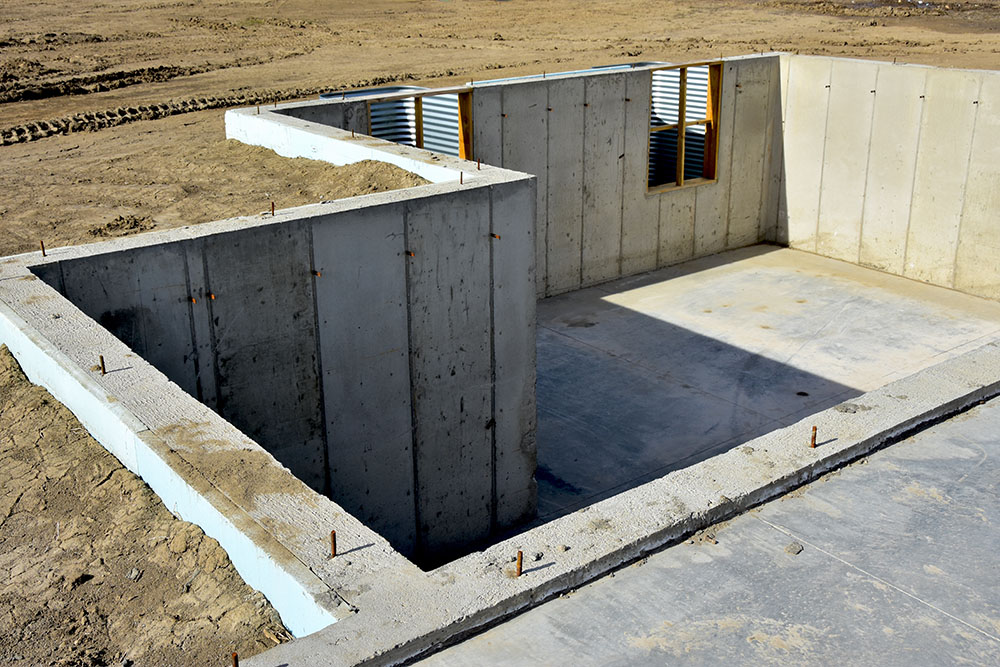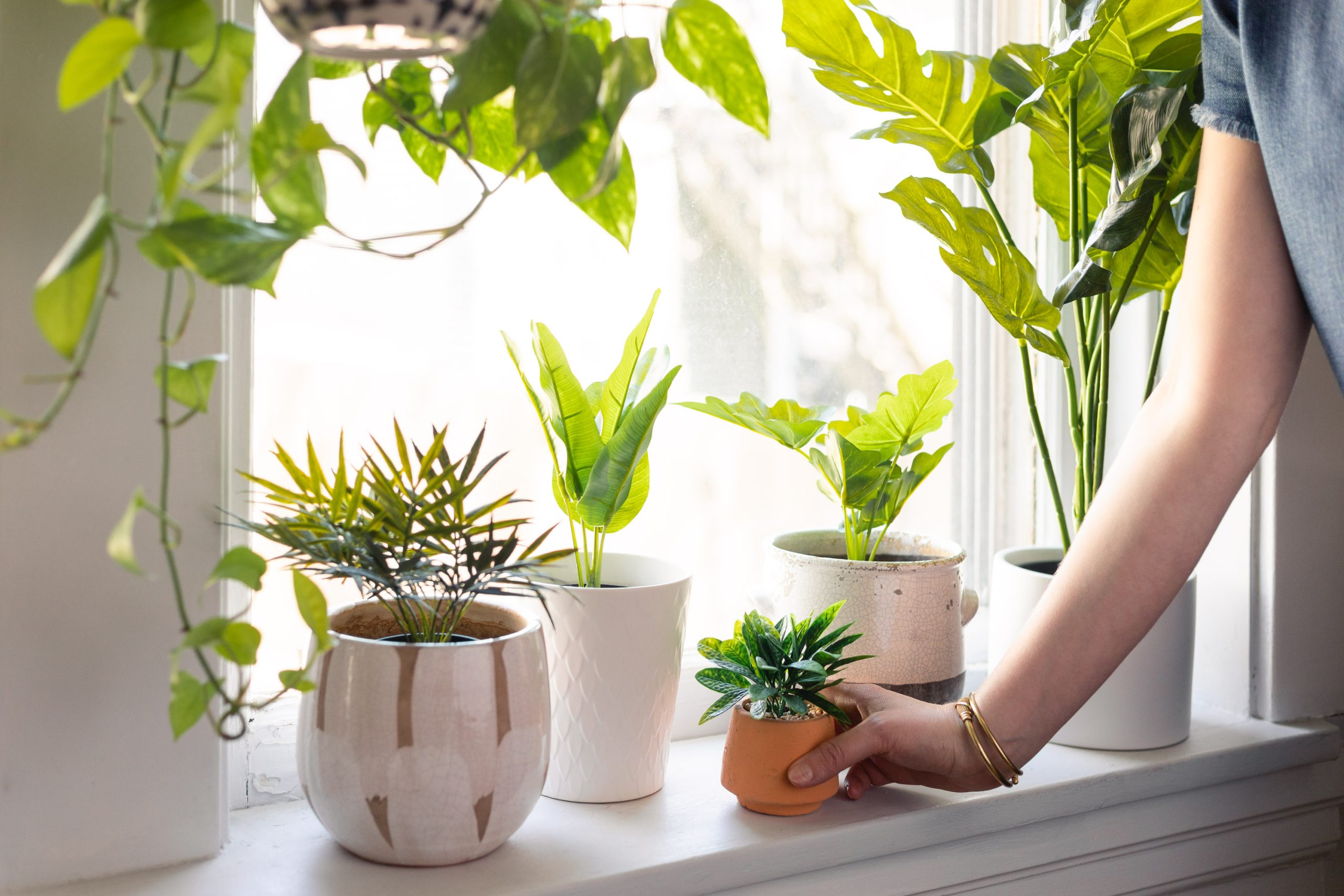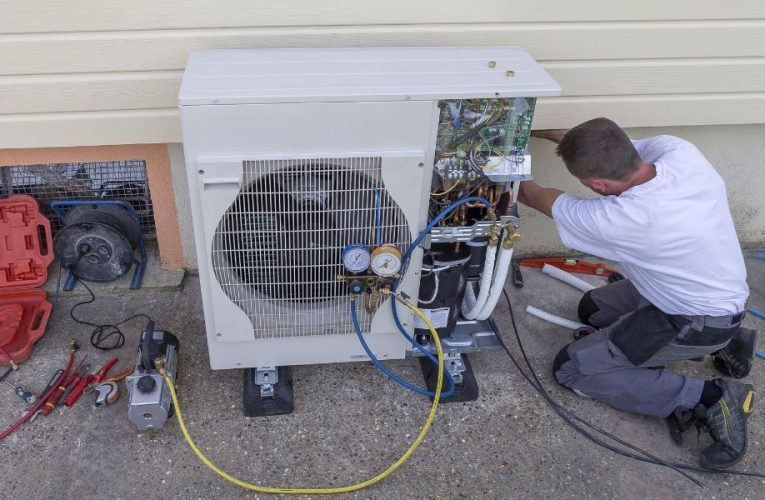Why You Should Use affordable blinds
If you’re like most people, you’re always looking for ways to save money. Well, one great way to do that is by using soodsad rulood. Not only will you save money on your energy bill, but you’ll also be able to add some style and personality to your home. So why not give them a try? You won’t be disappointed.
Blinds are a great way to add privacy and keep the sun out of your eyes
Blinds are an ideal investment for any home, providing numerous practical benefits while bringing a touch of style to any space. They are easy to install and come in an array of designs and colours that can match almost any decor. As the sun rises and sets, blinds have the power to instantly transform the atmosphere of a room by blocking out glaring light and reducing interior temperatures for improved comfort. Not only do they keep peeping neighbours out, but adjustable slats allow you control how much light comes into your property, making them a great choice for bedrooms and living rooms. With all these features plus their affordability, blinds provide daily convenience that set them apart from other window coverings – making them one of the top home enhancements anyone can make!

You can buy affordable blinds in a variety of colors, styles, and materials
With the wide range of style and material options for blinds nowadays, it has become easier than ever to find exactly what you’re looking for without sacrificing your budget. From blackout materials that are ideal for bedrooms and media rooms, to wood and faux wood styles in countless colors and textures, there is a perfect window covering option available at an affordable price. Allowing light to be managed without spending hundreds or even thousands of dollars can transform any room easily and quickly.
Blinds are easy to install and can be done by yourself
Blinds are a popular and stylish way to add privacy and light control to any room. Believe it or not, the process of installing blinds is quite simple, which means you can do it yourself! All you have to do is make sure your measurements are accurate before purchasing and then hanging the blinds up once you’ve got them in hand. Whether you’re a novice home improvement aficionado or an experienced DIYer, installing your own window treatments has never been easier with these straightforward instructions on how to hang blinds. You’ll be able to save money on installation costs, as well as make sure that your blinds fit precisely for maximum efficiency. It’s only a matter of understanding the basics – after that, things should fall into place!
They’re also easy to clean – all you need is a damp cloth
Though they often lack the style and colour of traditional curtains, blinds are a great choice when practicality is important. Not only are they easily adjustable to control light, but they’re also incredibly easy to clean. All you need is a damp cloth and a few minutes of your time; no special cleaning supplies or tools required. In this way, blinds are an excellent way to keep your home looking both tidy and stylish with minimal effort.

Blinds can help reduce your energy bills by keeping the sun out during the summer months
During the hot summer months, the sun can cause your energy bills to skyrocket as you try to keep your home cool. However, installing blinds on your windows can help keep those bills down. By blocking out some of the sun’s rays, they can help keep room temperatures steady and reduce your need to rely on air conditioning. Not only will this benefit your wallet, but it will eliminate a major source of energy waste, helping our environment in the process. So make sure to take advantage of blinds and other similar energy-saving devices and enjoy lower costs while doing your part for nature.
If you’re looking for an affordable, easy-to-install, and energy-saving way to cover your windows, blinds are a great option. You can buy them in a variety of colors, styles, and materials to match your home décor. And if you need some help installing them, our team is here to help.



